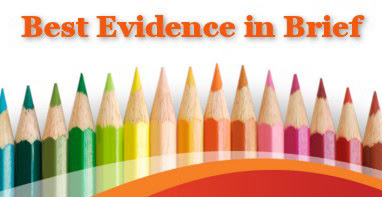A recent publication in Language Teaching Research compared the effects of a gamified collaborative intervention to non-gamified collaborative learning on students’ English reading outcomes and motivation. The participants were two classes of junior secondary students taught by the same teacher at a school in northern China. One class (N=52) was assigned to an experimental group receiving gamified instruction, while another class (N=52), the control group, received non-gamified instruction. All students were native speakers of Chinese learning English as a foreign language.
Both groups received their assigned program on learning word meaning through morphological analysis during ten 55-minute sessions from the same instructor with the same materials, but only the experimental group was exposed to physical game elements guided by rules, responsive feedback, challenging tasks, cumulative feedback (e.g., cards,badges, small gifts) and students working in teams to tackle challenges and win awards.
Results, controlling for pretest scores, indicated that the gamified group significantly outperformed the non-gamified group in reading comprehension (ES = +0.33) and enhanced students’ self-reported intrinsic motivation (ES = +0.47). There was no difference in morphological analysis scores between the experimental group and the control group (ES = +0.01).
Because the sample of this study included only two classes from one school and there were scant details on classroom equivalence, the results of the study cannot be generalized.

